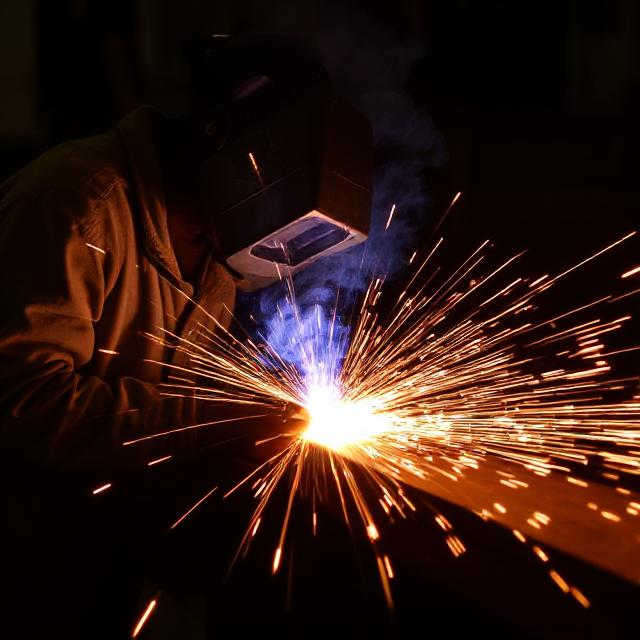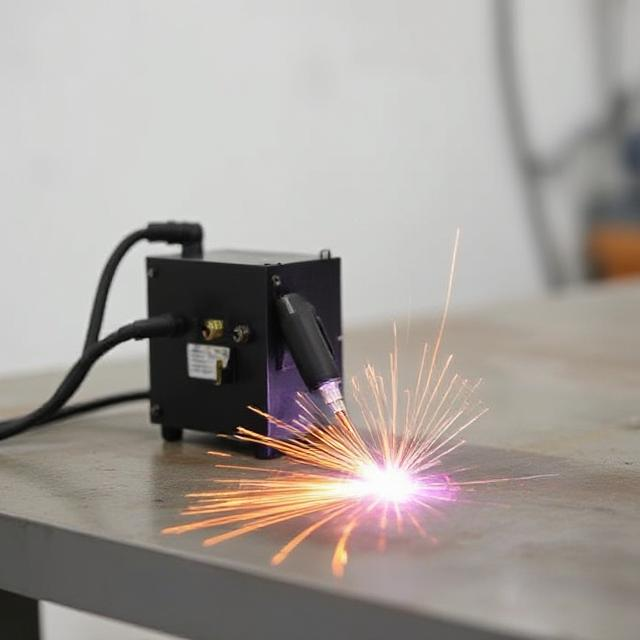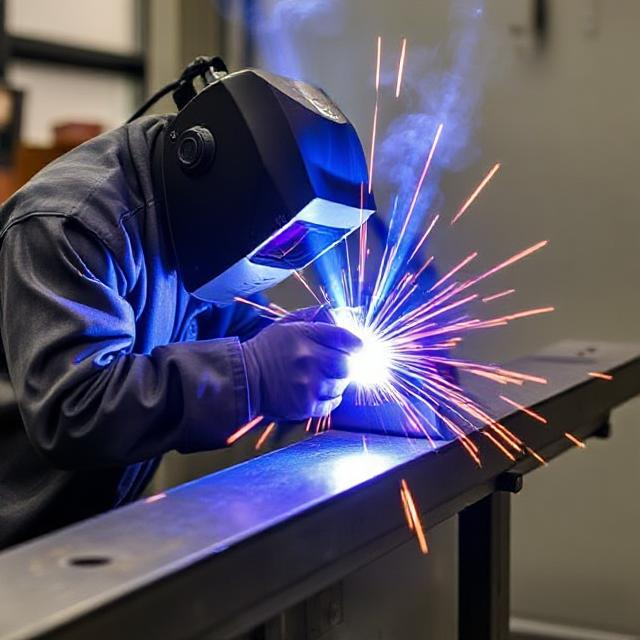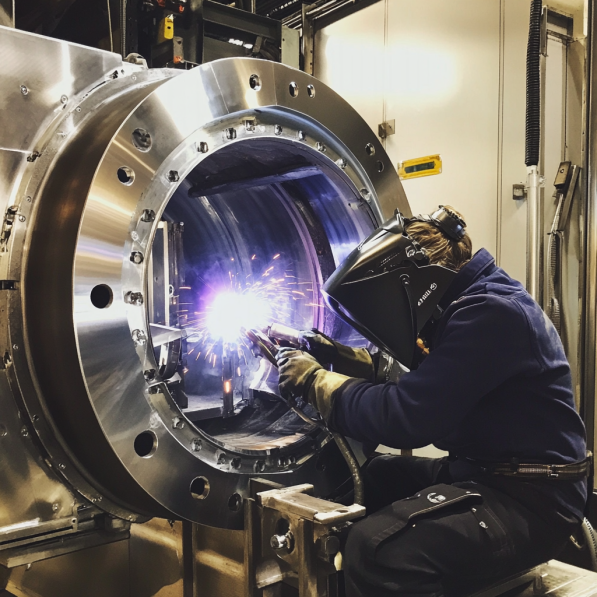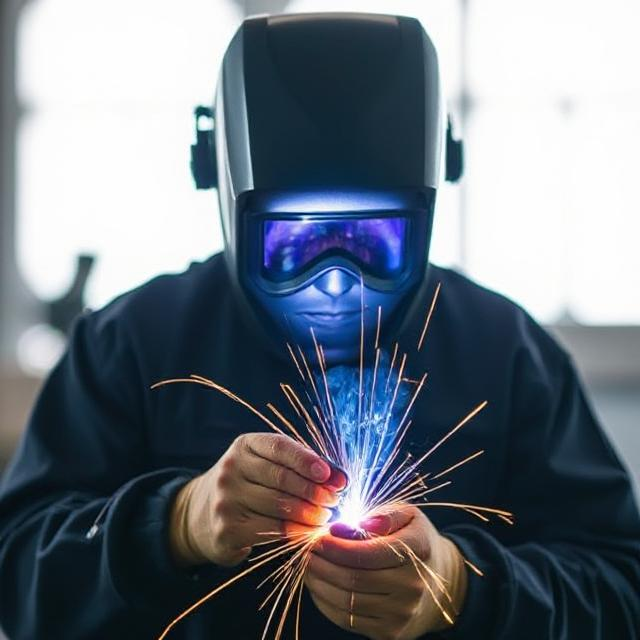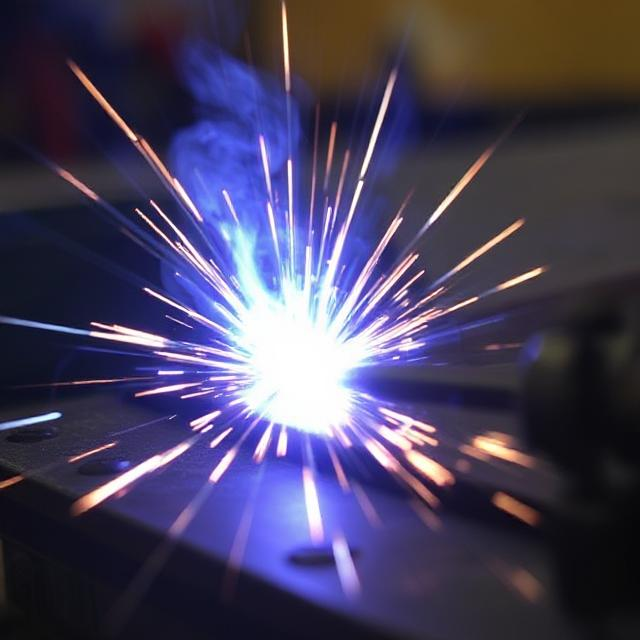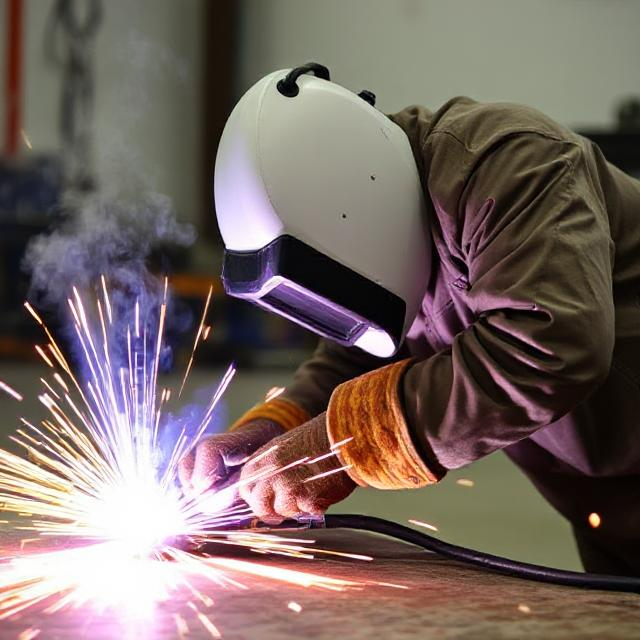
-
Name of Process
Flux-Cored Arc Welding (FCAW).
Key Features
- Uses a tubular wire filled with flux to create the weld.
- Can be used with or without external shielding gas (self-shielding or gas-shielded).
- High deposition rates and deep penetration.
- Suitable for thick materials and outdoor welding.
- Produces slag that must be removed after welding.
Applications
- Construction and structural steel fabrication.
- Shipbuilding and offshore welding.
- Heavy equipment repair and maintenance.
- Pipeline welding.
- Industrial manufacturing.
Recommended Tools and Equipment
- FCAW welding machine (constant voltage power source).
- Flux-cored wire (self-shielding or gas-shielded).
- Shielding gas cylinder (if using gas-shielded FCAW).
- Welding gun with a flux-cored wire liner.
- Welding helmet with auto-darkening lens.
- Gloves, apron, and protective clothing.
- Chipping hammer and wire brush for slag removal.
Setup and Settings
- Choose the correct flux-cored wire (self-shielding or gas-shielded).
- Set the voltage and wire feed speed according to material thickness.
- Adjust shielding gas flow rate (if using gas-shielded FCAW).
- Ensure proper grounding of the workpiece.
- Clean the workpiece to remove rust, oil, and debris.
Technique Tips
- Use a drag (pull) technique for better penetration and slag coverage.
- Maintain a consistent travel speed and gun angle (15-20 degrees).
- Keep the wire extension (stick-out) around 3/4 inch.
- Clean the weld bead between passes to remove slag.
Common Challenges and Solutions
- Porosity: Caused by inadequate shielding or dirty metal. Clean the workpiece and check gas flow.
- Slag Inclusion: Prevent by cleaning the weld bead between passes.
- Spatter: Minimize by adjusting voltage and using anti-spatter spray.
- Burn-Through: Avoid by reducing voltage or increasing travel speed on thin materials.
Safety Considerations
- Wear proper PPE (helmet, gloves, flame-resistant clothing).
- Work in a well-ventilated area or use fume extraction to avoid inhaling harmful fumes.
- Beware of electric shock; inspect cables and connections.
- Keep a fire extinguisher nearby and clear the work area of flammable materials.
1. What is FCAW, and how does it work?
Direct Response:
Flux-Cored Arc Welding (FCAW) uses a tubular wire filled with flux to create an electric arc, melting the metal and forming a weld. The flux produces a shielding gas and slag to protect the weld pool.
Detailed Explanation:
The flux inside the wire vaporizes, creating a shielding gas that protects the weld pool from contamination. The slag layer solidifies and must be chipped off after welding.
Examples or Case Studies:
- Used in shipbuilding for welding thick steel plates.
- Commonly used in construction for structural steel fabrication.
Additional Resources:
- Video tutorial: “How FCAW Works.”
- Article: “The Science Behind Flux-Cored Arc Welding.”
2. What types of metals can be welded with FCAW?
Direct Response:
FCAW is primarily used for welding carbon steel, stainless steel, and some low-alloy steels.
Detailed Explanation:
- Carbon Steel: Ideal for structural and heavy fabrication.
- Stainless Steel: Requires specific flux-cored wires.
- Low-Alloy Steels: Used in high-strength applications.
Examples or Case Studies:
- FCAW is used in pipeline welding for carbon steel.
- Stainless steel FCAW is common in food processing equipment.
Additional Resources:
- Guide: “Choosing the Right Wire for FCAW.”
- Video: “FCAW for Different Metals.”
3. What is the difference between self-shielding and gas-shielded FCAW?
Direct Response:
- Self-Shielding FCAW: Uses flux in the wire to create shielding gas, ideal for outdoor use.
- Gas-Shielded FCAW: Requires external shielding gas (e.g., CO2 or argon mix), providing better weld quality.
Detailed Explanation:
Self-shielding FCAW is more portable and works well in windy conditions, while gas-shielded FCAW produces cleaner welds with less spatter.
Examples or Case Studies:
- Self-shielding FCAW is used in field repairs for construction equipment.
- Gas-shielded FCAW is preferred for indoor fabrication shops.
Additional Resources:
- Article: “Self-Shielding vs. Gas-Shielded FCAW.”
- Video: “Choosing Between Self-Shielding and Gas-Shielded FCAW.”
4. What shielding gas should I use for FCAW?
Direct Response:
For gas-shielded FCAW, use 100% CO2 or a mix of 75% argon and 25% CO2.
Detailed Explanation:
CO2 provides deep penetration, while argon mix improves arc stability and reduces spatter.
Examples or Case Studies:
- A fabrication shop improved weld quality by switching to a 75/25 argon/CO2 mix.
Additional Resources:
- Shielding gas selection chart.
- Guide: “Understanding Shielding Gases for FCAW.”
5. Can FCAW be used outdoors?
Direct Response:
Yes, FCAW is ideal for outdoor use, especially self-shielding FCAW, which does not require external gas.
Detailed Explanation:
Self-shielding FCAW is resistant to wind and works well in harsh environments. Gas-shielded FCAW can also be used outdoors with windbreaks.
Examples or Case Studies:
- FCAW is commonly used for pipeline welding in remote locations.
Additional Resources:
- Article: “Outdoor Welding Tips for FCAW.”
- Video: “FCAW in the Field.”
6. What are the advantages of FCAW over other welding methods?
Direct Response:
FCAW offers high deposition rates, deep penetration, and versatility for outdoor use.
Detailed Explanation:
- Speed: Faster than stick welding.
- Portability: No gas required for self-shielding FCAW.
- Penetration: Ideal for thick materials.
Examples or Case Studies:
- FCAW is preferred for heavy equipment repair due to its speed and penetration.
Additional Resources:
- Article: “FCAW vs. MIG vs. Stick Welding: Which is Right for You?”
- Video: “Advantages of FCAW.”
7. How do I prevent porosity in FCAW welds?
Direct Response:
Prevent porosity by cleaning the workpiece, using dry wire, and ensuring proper gas flow (if using gas-shielded FCAW).
Detailed Explanation:
Porosity is caused by contaminants or inadequate shielding. Clean the metal surface and store wire in a dry place.
Examples or Case Studies:
- A welder eliminated porosity by increasing the gas flow rate and cleaning the metal.
Additional Resources:
- Guide: “Common Weld Defects and How to Fix Them.”
- Video: “Preventing Porosity in FCAW Welds.”
8. What safety gear is required for FCAW?
Direct Response:
Essential safety gear includes a welding helmet, gloves, flame-resistant clothing, and safety boots.
Detailed Explanation:
- Helmet: Protects eyes from UV/IR radiation.
- Gloves: Insulate against heat and electric shock.
- Clothing: Prevents burns from sparks and molten metal.
- Boots: Protect feet from falling objects.
Examples or Case Studies:
- A welder avoided severe burns by wearing a flame-resistant jacket.
Additional Resources:
- Checklist: “Essential Welding Safety Gear.”
- Video: “Welding Safety Tips for Beginners.”
9. What are the most common mistakes beginners make with FCAW?
Direct Response:
Common mistakes include incorrect settings, poor gun angle, and failing to clean the workpiece.
Detailed Explanation:
- Incorrect Settings: Leads to weak or inconsistent welds.
- Poor Gun Angle: Causes uneven bead appearance.
- Dirty Workpiece: Results in porosity and weak welds.
Examples or Case Studies:
- A beginner improved their welds significantly after learning to clean the metal properly.
Additional Resources:
- Guide: “Top 10 FCAW Mistakes and How to Avoid Them.”
- Video: “Beginner FCAW Tips.”
10. How do I troubleshoot wire feeding issues in FCAW?
Direct Response:
Check for blockages in the liner, ensure proper tension on the drive rolls, and use the correct wire diameter.
Detailed Explanation:
Wire feeding issues can be caused by a dirty liner, incorrect drive roll tension, or using the wrong size wire.
Examples or Case Studies:
- A welder resolved feeding issues by cleaning the liner and adjusting the drive roll tension.
Additional Resources:
- Guide: “Troubleshooting FCAW Wire Feed Problems.”
- Video: “Fixing Wire Feeding Issues in FCAW.”
